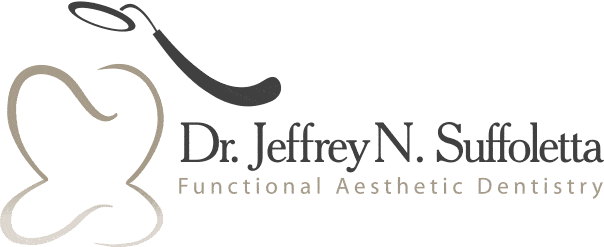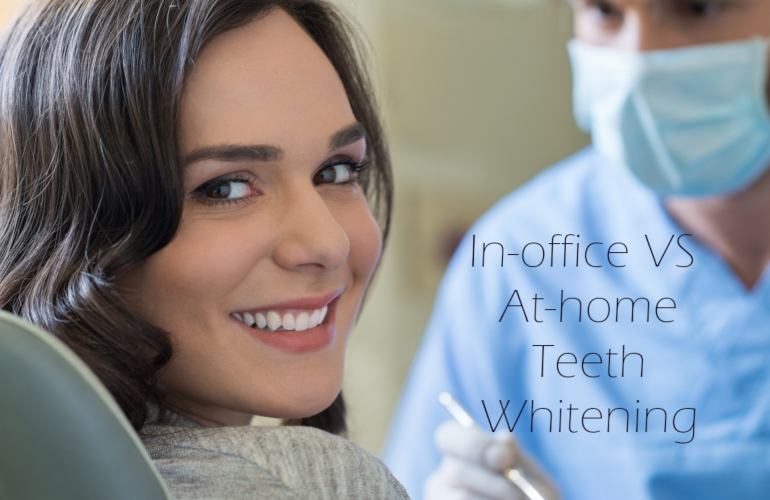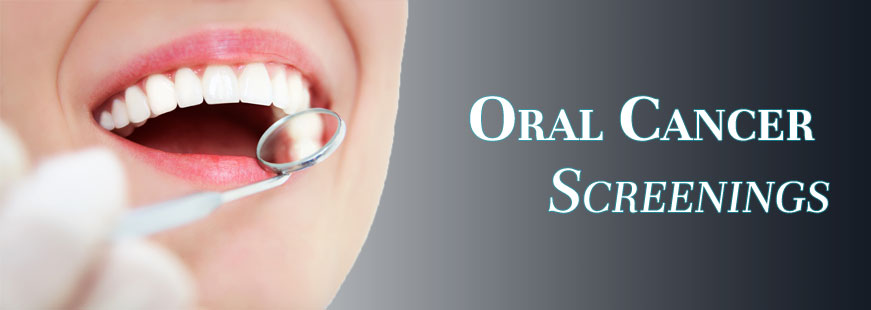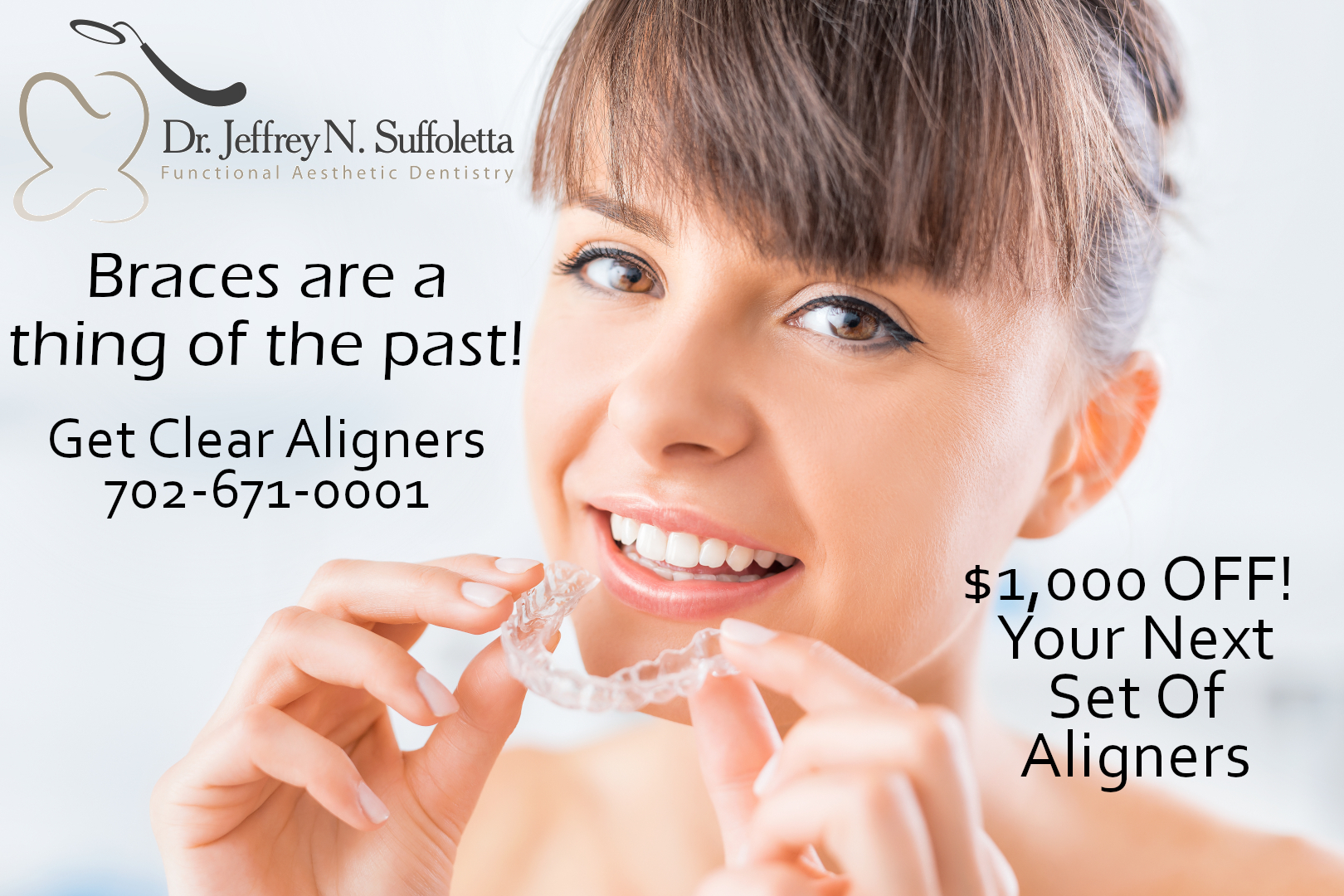In-Office vs At-Home Teeth Whitening
There are few people who are blessed with a naturally white smile. Moreover, as the years pass, the natural whiteness of your teeth often fades or becomes discolored due to various reasons. To this end, there has more recently been an influx of home whitening products on the market. While some of these whitening kits offer fruitful results, not all are created equal. In addition, it’s questionable that any of them can whiten your teeth as well as a professional in-office teeth whitening treatment, and some can even burn or damage your gums.
RELATED ARTICLE: Cosmetic Procedures that Help Improve Your Life
How can at-home whitening kits damage my gums?
Home whitening kits typically come with gels containing active ingredients like hydrogen peroxide or carbamide peroxide and a light pen to speed up the whitening process. Both of these compounds will oxidize any dark coloring of your teeth to make them whiter. When your gums are exposed to significant amounts of these substances, however, they can burn your gums or cause them to whiten temporarily. In most cases, discontinuing use of these gels will eliminate irritation within a short time, and your gums will return to normal.
Burning the gums typically is the result of using too much of a whitening product, so you can try using less of the product to reduce irritation. However, if you already have sensitive gums for any reason, we don’t recommend using a home tooth whitening kit. To avoid the risk of gum damage altogether, your safest bet for whitening your teeth is a professional whitening procedure performed in our dental office.
What is in-office teeth whitening?
Doubtlessly, in-office whitening treatments offer the most powerful impact in the shortest amount of time. There are three main ways in-office teeth whitening can help you brighten your smile.
These include:
- Chairside bleaching: This technique uses a bleaching agent to harmlessly penetrate your tooth enamel. This agent effectively breaks up any staining molecules beneath the surface of your enamel, and we can perform the procedure in two to four visits. However, it takes about a month for results to be fully visible.
- Laser Teeth Whitening: Similar to an at-home whitening kit, laser whitening uses a combination of light and a gel or serum. In contrast to whitening at home, this procedure offers a higher concentration of an active ingredient. In preparation for this process, we will cover your lips and gums with a protective rubber shield or gel. Laser teeth whitening takes about ten minutes, and the results are immediate.
- Gel Take-Home Kit: This whitening treatment requires some homework from you. We will make a mold that fits your mouth perfectly, but you will carry out the whitening process at home by placing a gel inside the mold and wearing it for a recommended amount of time. This solution also produces quick, dramatic effects.
RELATED ARTICLE: Evolution of Dentistry
What is the average cost of teeth whitening?
The cost of teeth whitening will vary depending on the type of procedure performed. While at-home, over-the-counter whitening kit can run you anywhere from $25 to $150, a professional whitening procedure will cost you quite a bit more. On average, in-office laser whitening or bleaching runs between $450 to $900, while customized take-home kits from dental practices average between $150 to $400 each.
What is the proper care post teeth whitening procedure?
Caring for your teeth following a whitening procedure applies the same general rules as caring for your teeth before. Certain habits, foods, and drinks tend to stain your teeth if you regularly indulge in them.
Tips for caring for your teeth the first 24 hours after a whitening treatment
- Avoid darkly pigmented drinks like red wine, coffee, dark sodas, fruit juice, dark beer, and black tea.
- Avoid dark foods like cured meats, chocolate, and soy sauce.
- Avoid smoking.
- Avoid colored mouthwash and toothpaste
Before consuming any food or drink, ask yourself if it would stain a white T-shirt. If so, it will stain your teeth. Instead, choose foods that are light-colored and low in acidity for the first 24 hours.
RELATED ARTICLE: Tips to Affordably Maintaining Healthy Teeth
These include:
- Cauliflower
- Pasta
- Rice
- Milk
- Eggs
- White cream sauces
- White cheese
- White fish
- Chicken breast
- Peeled potatoes
- Tofu
- Plain yogurt
- Coconut water
- Clear alcohol with light mixers, such as vodka spritzers or gin and tonic
Although these are recommendations for the day following a whitening procedure, try to avoid tooth-staining foods and drinks as much as possible from there on out.
If you would like to have a conversation with us via our Blogger talk site, please feel free to subscribe to the “Dental Hour with Dr. Suffoletta”.





